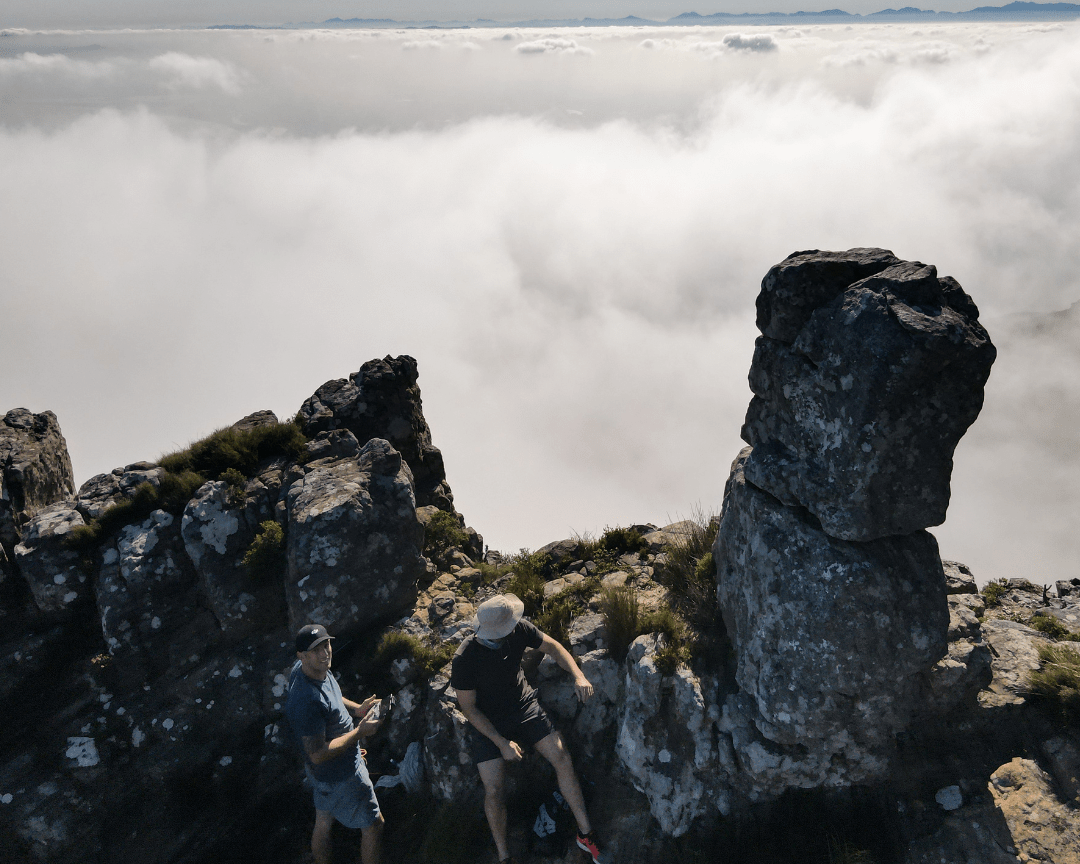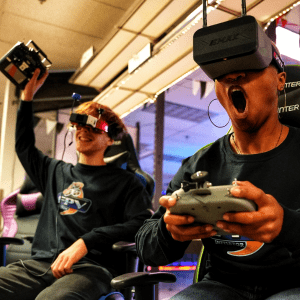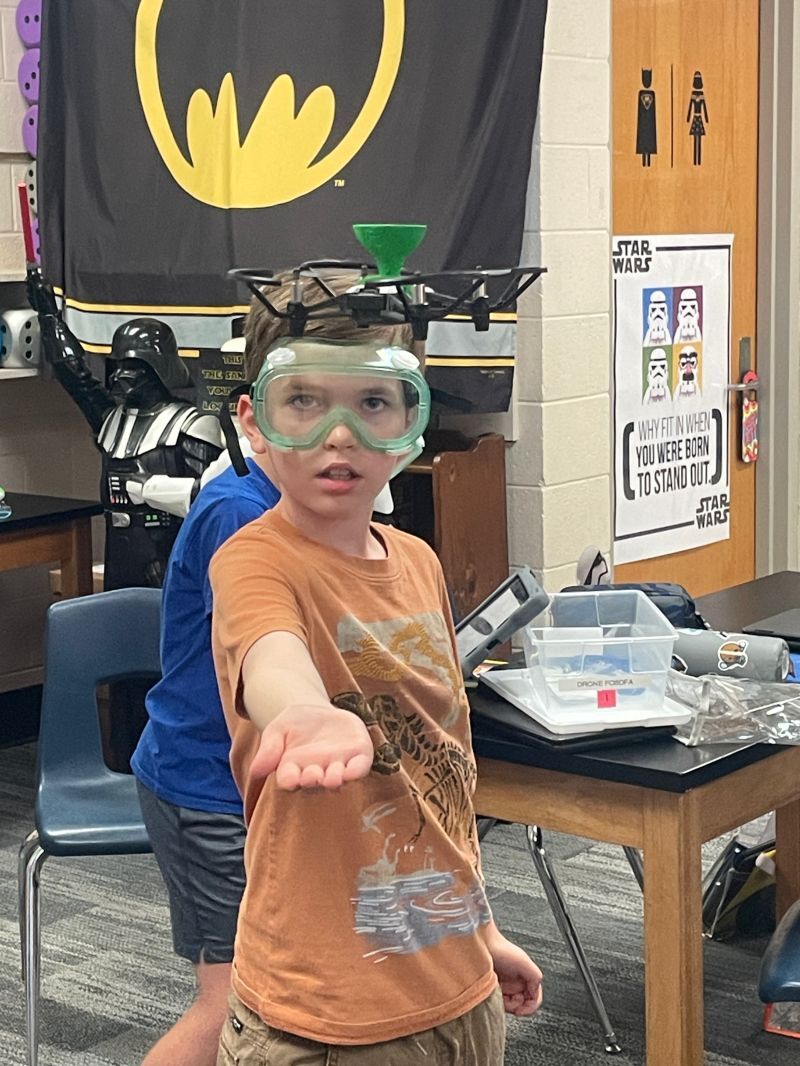Drones are advancing the field of STEM in incredible ways. But they’re also taking the arts industry to brilliant new levels, especially with so many possibilities of drone photography and film. In the same way the photograph revolutionized still art and video revolutionized photography, drones are changing the process for image creators everywhere.
With new vantage points, swift technological abilities, and innovative melding of expert industries, drones in movies play an important role in changing how humans see the world. Keep reading to learn more about drones and movie production.
Drones in Filmmaking
Drones are still fairly new to movie production. The FAA (Federal Aviation Administration) made movie drones legal in 2014, and not until 2016 did they approve piloting rules and regulations for movie sets.
Despite being renowned for capturing birds-eye view footage, the early use of drones in filmmaking included filming action scenes up close. There’s never been an easier way to film racing, zooming, or large-scale perspective shots. Video drones can replace equipment like jibs— which are special cranes that cameras attach to for smooth mobility— while providing the same stunning footage.
As video drones become more available to indie filmmakers and are no longer limited to Hollywood movie budgets, there’s so much potential for drone filmmaking and photography. These unmanned aerial vehicles take cameras, and our view, outside what we know.
Drone Movie Technology
The technology used in drone photography keeps improving all the time. From the size and payload of a drone to the camera’s abilities, there are so many different ways to incorporate advanced drone technology in movies. It can benefit live footage in news broadcasts to award-winning cinema and everything in between.
Travel-sized quadcopters weighing less than five pounds with built-in cameras are ideal for amatuer filmmakers and photography enthusiasts. Larger, professional video hexacopters— sometimes weighing more than forty pounds with video equipment— are often used among serious cinematographers.
While many aerial photography drones come built with high-resolution cameras inside, other drones allow artists to attach and swap out camera equipment as needed. For professional filmmaking, it often takes an entire crew to oversee the gimbal, drone controls, camera, image quality, and more. But for solo creators, drones promise outstanding results: as drone operation becomes easier, image quality continues to increase.
The Role of Drones in Filmmaking
Before drones, camera workers would gather aerial footage aboard airplanes or helicopters. This required a lot of manpower, risk, and money. In fact, the first movie to use aerial filming was a 1909 silent film, Wilbur Wright und seine Flugmaschine. Cameras and aviation advanced together through WWI, improving surveillance efforts and cartography.
Where large, man-operated aircraft were once needed to capture aerial footage, now drones maneuver and film with ease. When it comes to equipment, drones save production teams tens of thousands of dollars per movie set while giving camera crew operators their time back.
In recent movies such as Jumanji and Jurassic World, drone shots gave the audience a sky-high look across massive jungle scapes. Skyfall revealed the action-packed, adrenaline capabilities drones provide for chasing scenes. Special effects in some of the Harry Potter movies also relied on drone footage for background effects and flying scenes.
New Perspectives
For centuries, the standard photograph contained a horizon point and a central focus point. With drones, perspective possibilities are endless— from close-up footage that’s otherwise hard to reach, to far away, elevated macro shots. From the drone’s eye perspective, viewers see beauty and truth in new ways.
Extended Reach
Not all video drones are created equally. But the good news is, there are long-range drones today that can not only last longer in fly time but also in camera capacity.
The main concern with using drones in movie production is the limited battery life, typically lasting up to 40 minutes per use. This requires a lot of interruption on set as it needs time to recharge. But with extended reach drones, manufacturers create models that are lighter, last longer, and come with settings videographers need to get the job done.
Awesome Angles
The typical birds-eye view (also called “top-down”) isn’t the only angle drones are capable of. Other popular drone shots include:
- Backward flight (pull out): instead of using the camera lens zoom, footage smoothly zooms out using the drone flying backward, resulting in a destabilizing effect.
- Sliding shot: the gimbal slowly turns left or right as the drone maintains flight, providing an interesting “sliding” effect.
- Pedestal shot: the most standard drone footage where the camera doesn’t move but the drone moves up or down, so the audience sees footage from the drone’s perspective.
- Reveal shot: panning in or out, up or down, drone footage reveals an object or area of focus with a gradual perspective build.
- Parallax/Orbit shot: the drone and camera rotate to gradually reveal a circular, 360-degree view of a wide area, allowing viewers to observe the scene’s surroundings.
While some of these angles are doable using cranes or handheld gimbals, drones allow filmmakers new angles from large altitudes. It also allows for safer working conditions and budget movie production, since video drones can be easy to learn.
Kids and Drone Movie Production
The more affordable drones become, the greater chance people have at honing their skills in drone photography. Even kids!
For children and teens who are curious about cameras and movie production, homemade drone videos are a great way to encourage artistic expression. Plus, kids get to learn basic STEM concepts using drones while they’re being creative.
Storytelling is central in filmmaking, and putting a video drone in the hands of kids’ who have ideas and discoveries to share is something the world needs. Drone video technology isn’t reserved for highly-trained professionals anymore. Now, it can be a tool to help develop professional skills that are necessary for the future.
Want to learn more about how kids can get involved with drone technology? Reach out to Drone Legends today.




